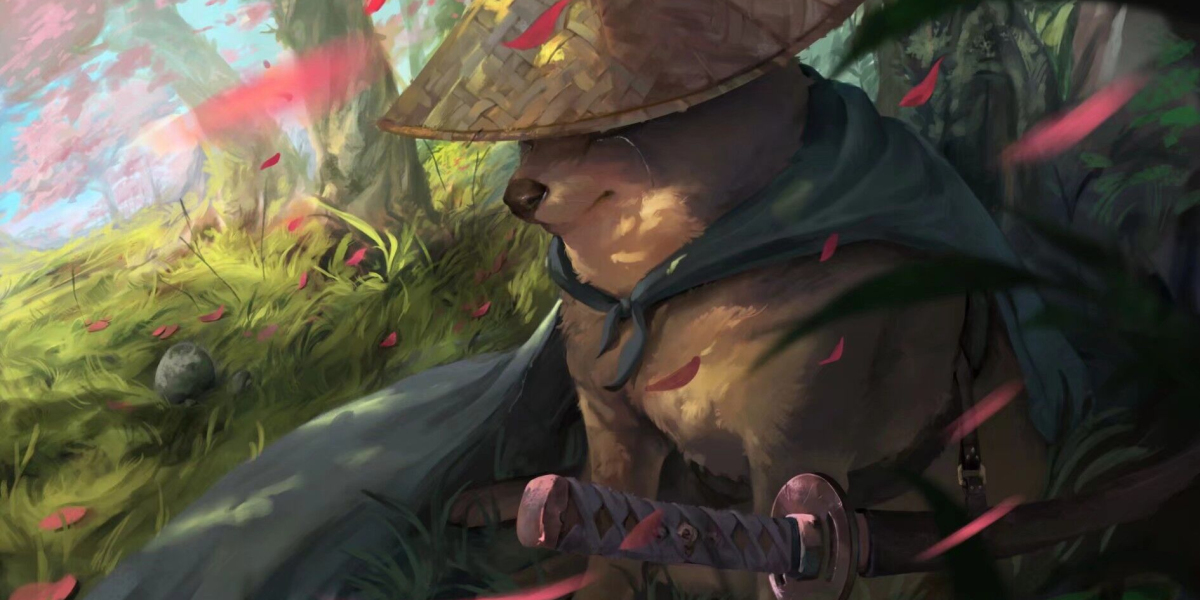Unlock the Secrets of Captivating Oil Paintings: Master Techniques, Explore Styles, and Dive into History!
Oil paintings on canvas hold a special place in the art world, captivating both artists and art lovers alike with their rich colors and depth. Since their inception, oil paintings have been celebrated for their ability to convey emotion and realism. The allure of oil painting lies not just in the vibrant hues and textures it offers, but also in the history and evolution of techniques that have shaped this art form over centuries. In this article, we will embark on a journey to explore the fascinating world of oil paintings on canvas, delving into the materials used, the masterful techniques employed by artists, the diverse styles that have emerged, and the historical context that informs these works of art.

Understanding Oil Paints and Canvas
At the heart of every oil painting is a unique combination of oil paints and canvas, each contributing to the final masterpiece. Oil paints are made by mixing pigments with a drying oil, typically linseed oil, which allows for a range of textures and finishes. Unlike water-based paints, oil paints dry slowly, giving artists the flexibility to blend colors and create intricate details over extended periods. Canvas, traditionally made from linen or cotton, serves as the perfect surface for oil painting due to its durability and texture, which can enhance the overall appearance of the artwork. The texture of the canvas can influence the application of paint, allowing artists to create everything from smooth, delicate strokes to bold, impasto applications. Understanding these materials is crucial for anyone looking to explore oil painting, as they set the foundation for the techniques and styles that follow.
Master Techniques for Creating Oil Paintings
Mastering oil painting techniques is essential for artists who wish to elevate their work. One popular method is glazing, where thin layers of transparent paint are applied over dried paint to create depth and luminosity. This technique allows artists to create stunning visual effects, as light interacts with the layers of paint. Another technique, impasto, involves applying thick layers of paint, resulting in a textured surface that adds dimension to the artwork. Scumbling, on the other hand, is a technique used to create a broken color effect, adding richness and complexity to the painting. Moreover, effective brushwork is fundamental; the angle, pressure, and type of brush can dramatically change the outcome. Layering is another critical aspect, as it enables artists to build up color and texture gradually. Blending techniques, such as feathering and wet-on-wet, create smooth transitions between colors, enriching the painting's overall effect. Each technique offers unique possibilities, and experimenting with these methods can lead to personal artistic discoveries.
Common Techniques Explained
For instance, glazing can be seen in the works of the Old Masters, who often layered transparent colors to achieve a glowing effect in their portraits. Impasto can be exemplified in the works of Van Gogh, whose thick strokes of paint convey emotion and movement. Scumbling is often used in landscape paintings to create atmospheric effects, such as capturing the light of a setting sun. Understanding these techniques not only allows artists to replicate these effects but also inspires their own creative approaches.
Exploring Different Styles of Oil Painting
The beauty of oil painting is further amplified by the myriad styles it encompasses. Realism focuses on depicting subjects as they appear in everyday life, aiming for lifelike representation. Impressionism, characterized by loose brushwork and an emphasis on light, captures fleeting moments and the essence of a scene. Expressionism, on the other hand, conveys emotional experiences rather than physical reality, often using bold colors and exaggerated forms. Abstract art diverges from representational forms, allowing artists to explore color, shape, and line in novel ways. Each of these styles has evolved over time, influenced by cultural shifts and artistic movements, allowing for a vibrant tapestry of expression within the medium of oil painting.
A Brief History of Oil Painting
The history of oil painting dates back to the early Renaissance, when artists discovered that mixing pigments with oil created a versatile medium. This breakthrough allowed for richer colors and greater detail. Key figures such as Jan van Eyck and Titian pushed the boundaries of oil painting, leading to its widespread adoption across Europe. Over the centuries, movements like Baroque, Romanticism, and Modernism introduced new approaches and philosophies, transforming oil painting into a dynamic form of expression. Today, contemporary artists continue to experiment with oil paints, blending traditional techniques with modern themes, showcasing the ever-evolving nature of this beloved art form.
Embracing the Art of Oil Painting
In summary, oil paintings on canvas are not just a medium; they are a powerful means of expression that has captivated audiences for centuries. Understanding the techniques, styles, and historical context of oil painting enriches our appreciation of this art form. Whether you are a budding artist or an admirer of fine art, exploring the world of oil painting can ignite your creativity and deepen your connection to art. As you pick up a brush and embark on your own oil painting journey, remember that every stroke is an opportunity to express your unique vision and contribute to the rich tapestry of art history.








